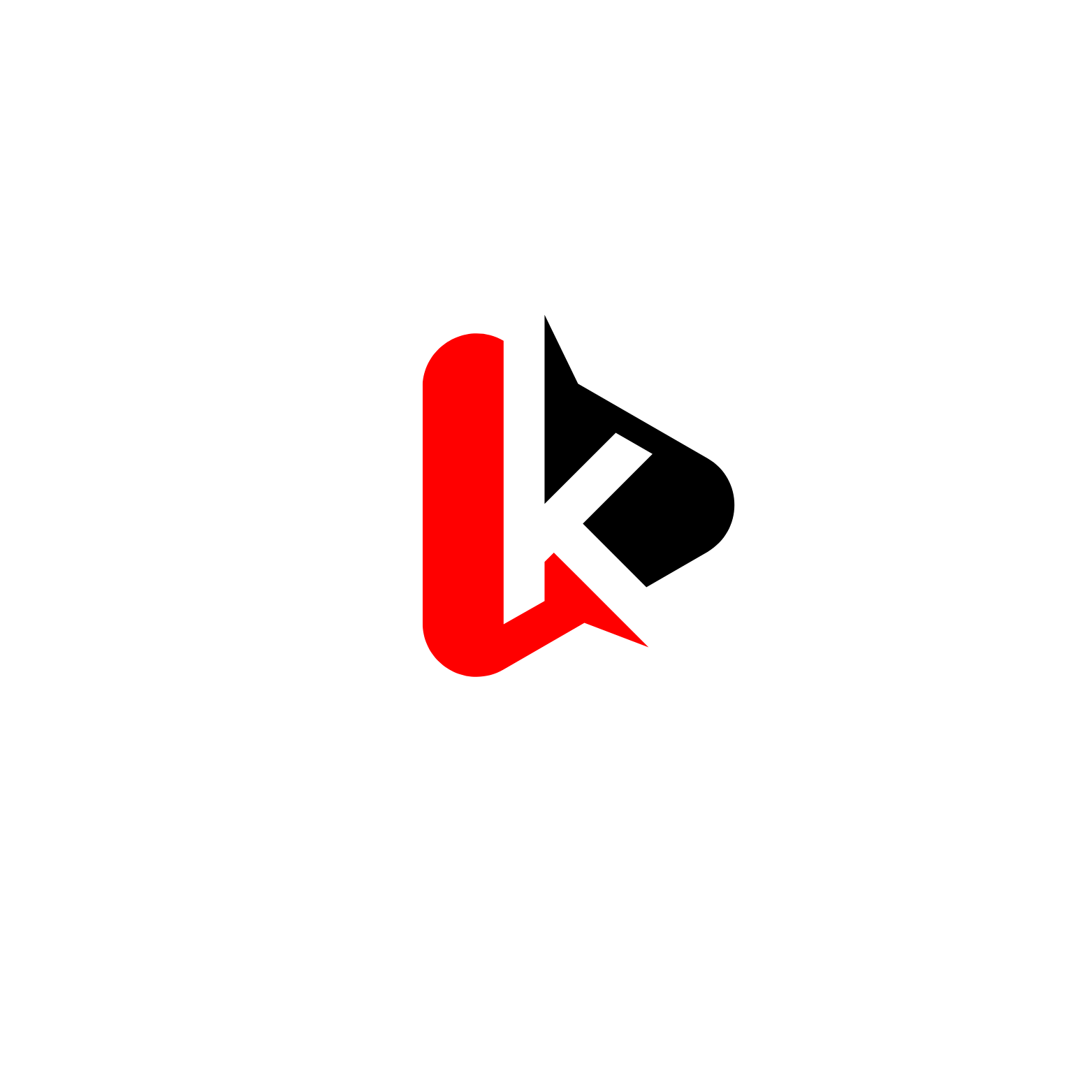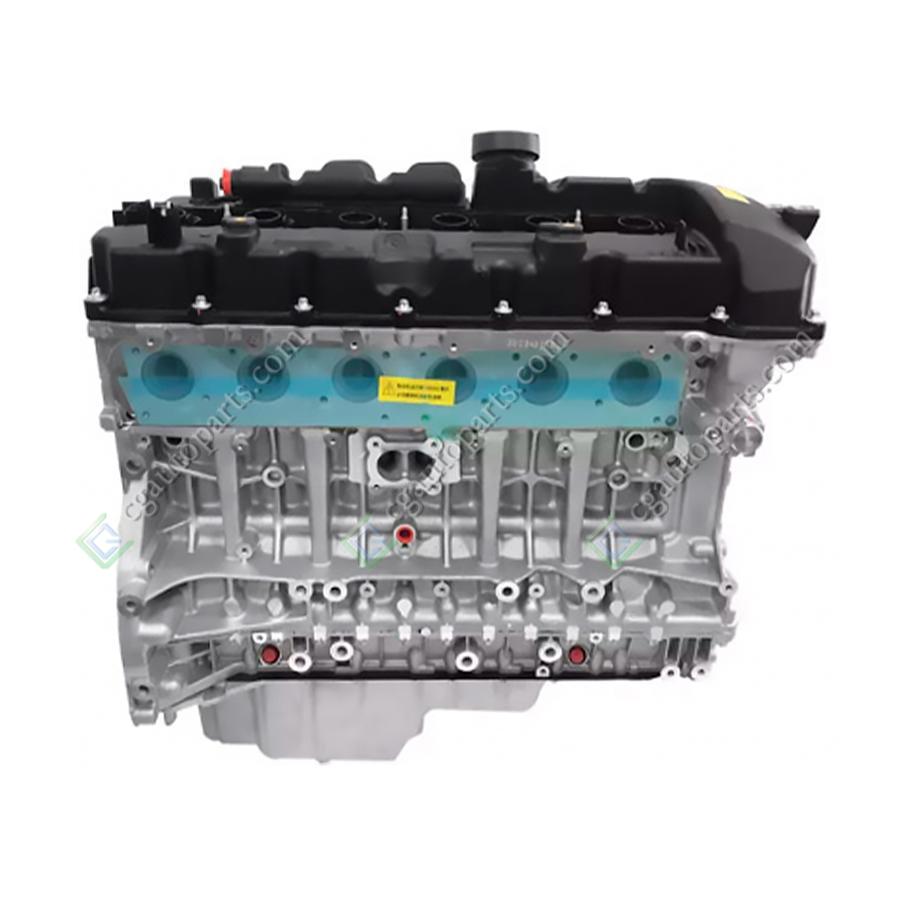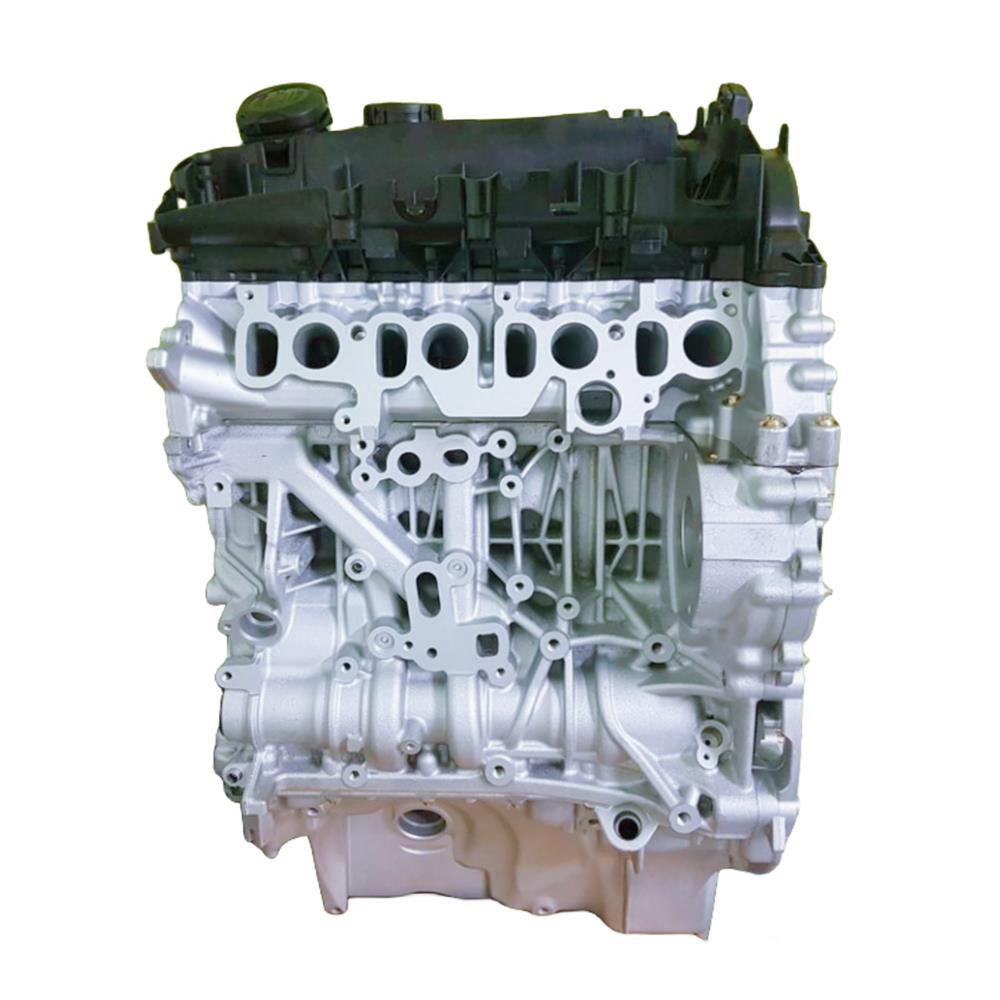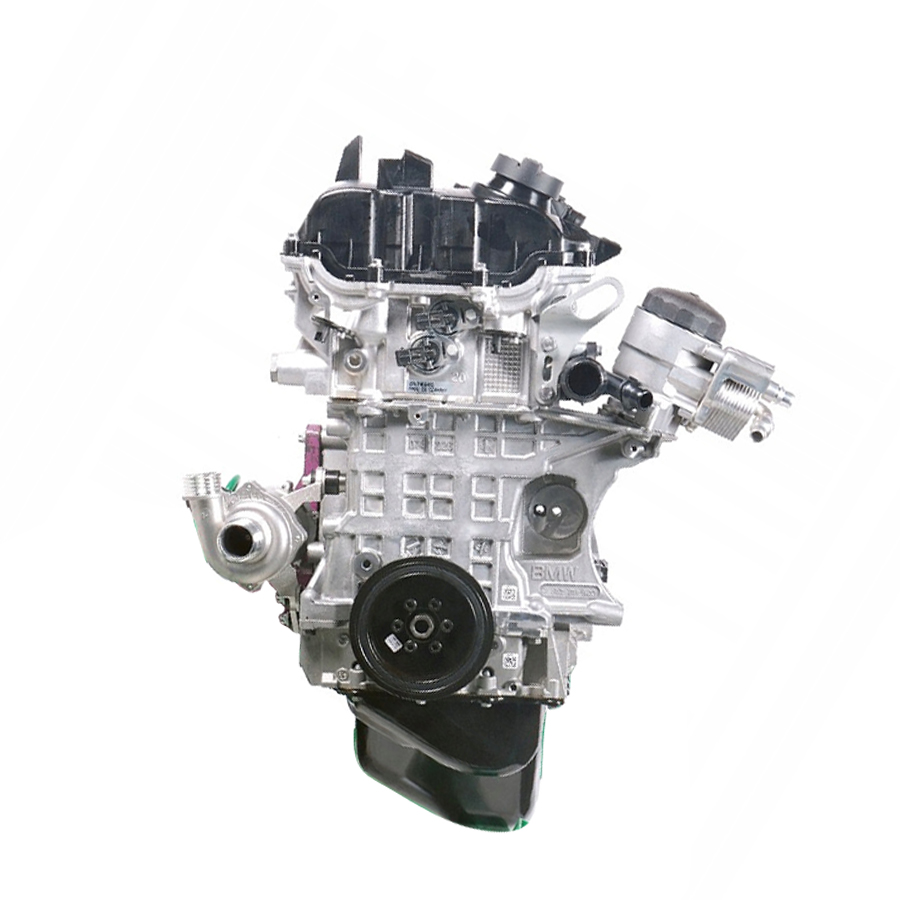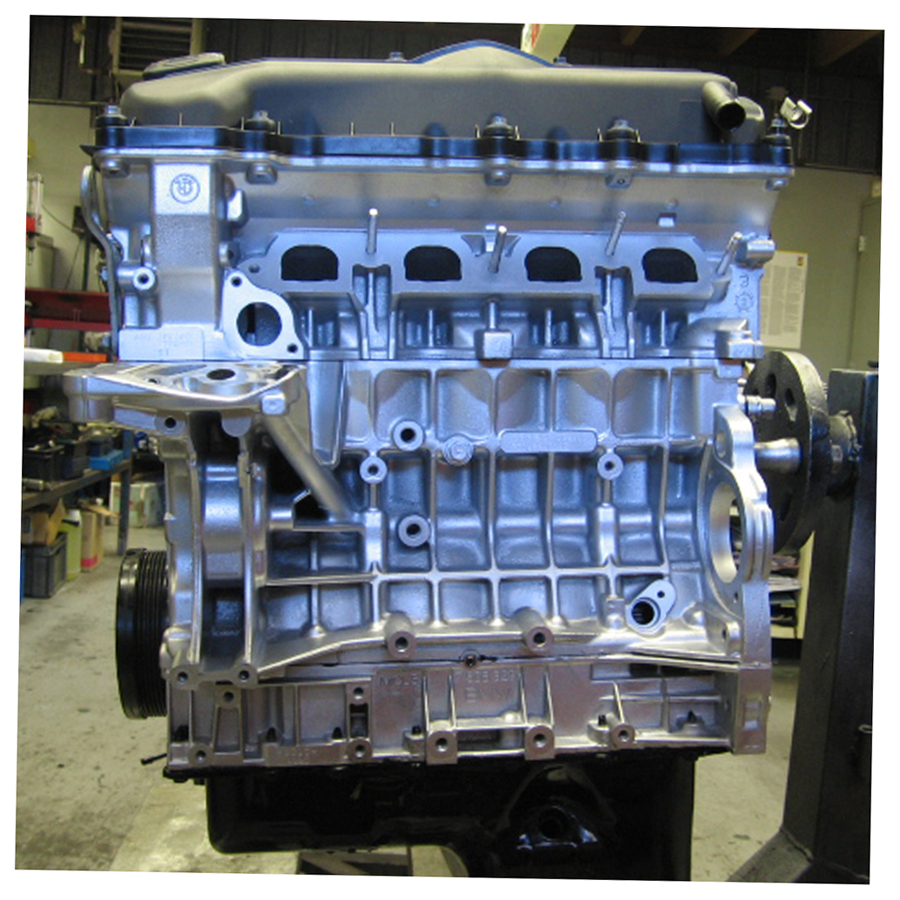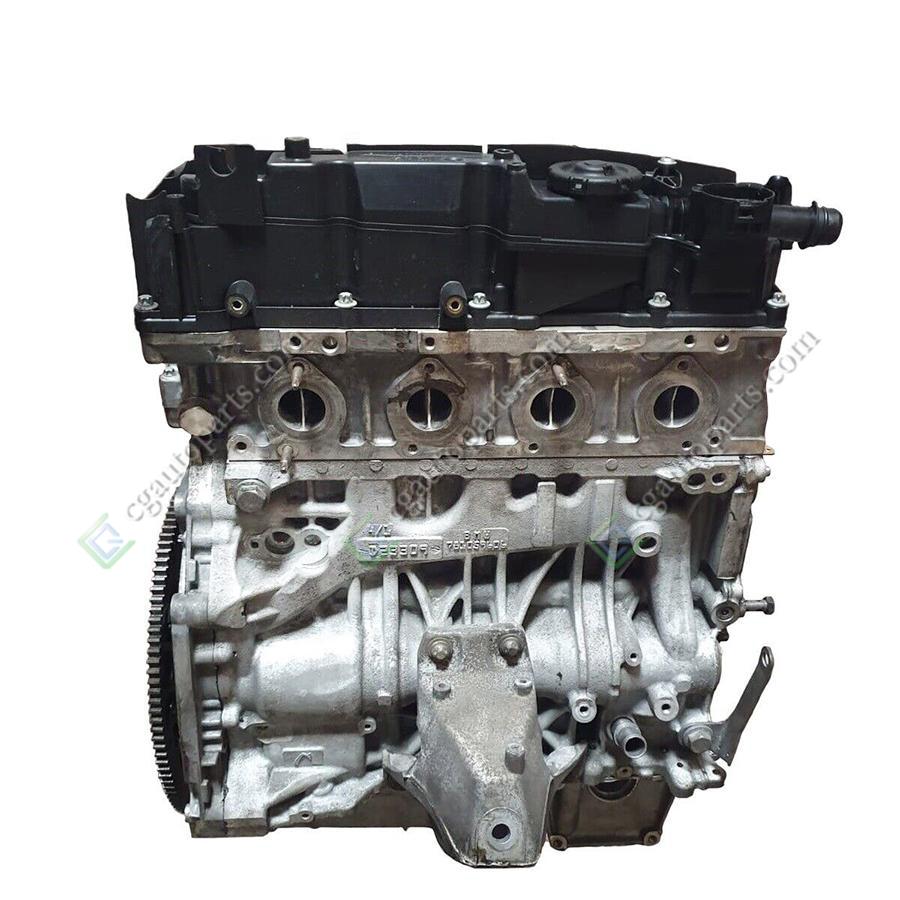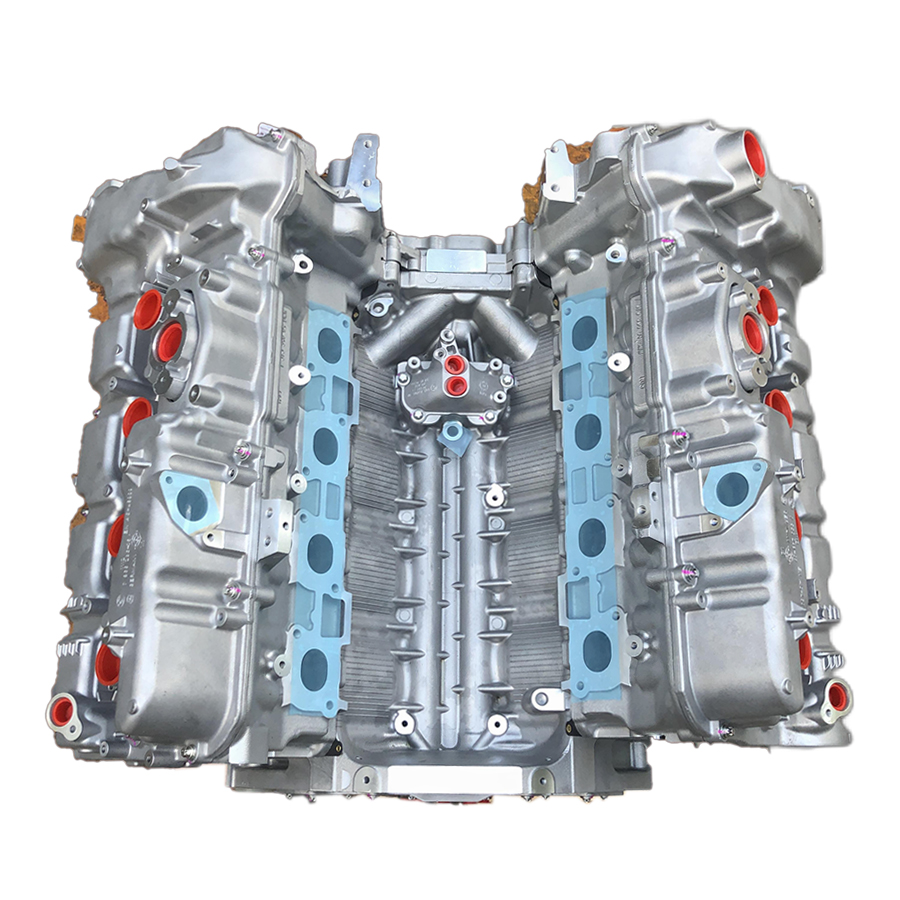COMPLETE ENGINE : Engine Hyundai-Kia D4CB
PRODUCT INTRODUCTION




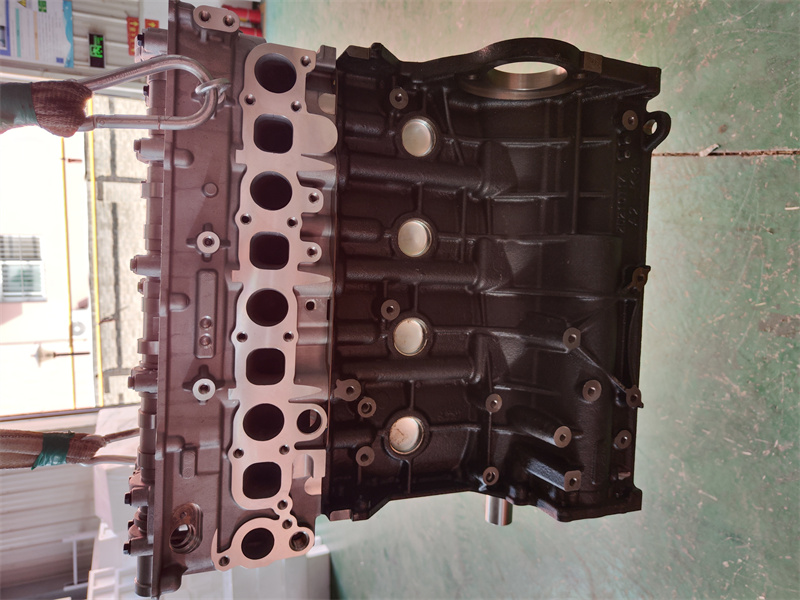
The 2.5-liter Hyundai D4CB or 2.5 CRDi diesel engine has been assembled in Korea since 2001 and has undergone three major upgrades during this time: for EURO 3, 4, 5, respectively. They put it on the minibuses of the H-1 series, and it is also known for the first generation of Kia Sorento.

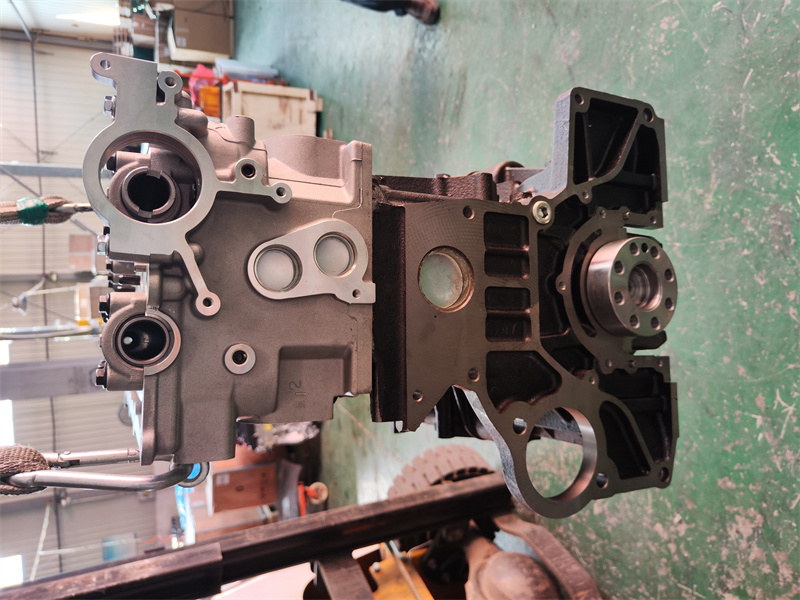

Specifications
Production years |
since 2001 |
Displacement, cc |
2497 |
Fuel system |
Common Rail |
Power output, hp |
116 – 177 |
Torque output, Nm |
314 – 441 |
Cylinder block |
cast iron R4 |
Block head |
aluminum 16v |
Cylinder bore, mm |
91 |
Piston stroke, mm |
96 |
Compression ratio |
16.4 – 17.7 |
Hydraulic lifters |
yes |
Timing drive |
chain |
Turbocharging |
yes |
Recommended engine oil |
5W-30, 5W-40 |
Engine oil capacity, liter |
8.2 |
Fuel type |
diesel |
Euro standards |
EURO 3/4/5 |
Fuel consumption, L/100 km (for Kia Sorento 2008) |
10.1 |
Engine lifespan, km |
~350 000 |
Weight, kg |
263.2 |
